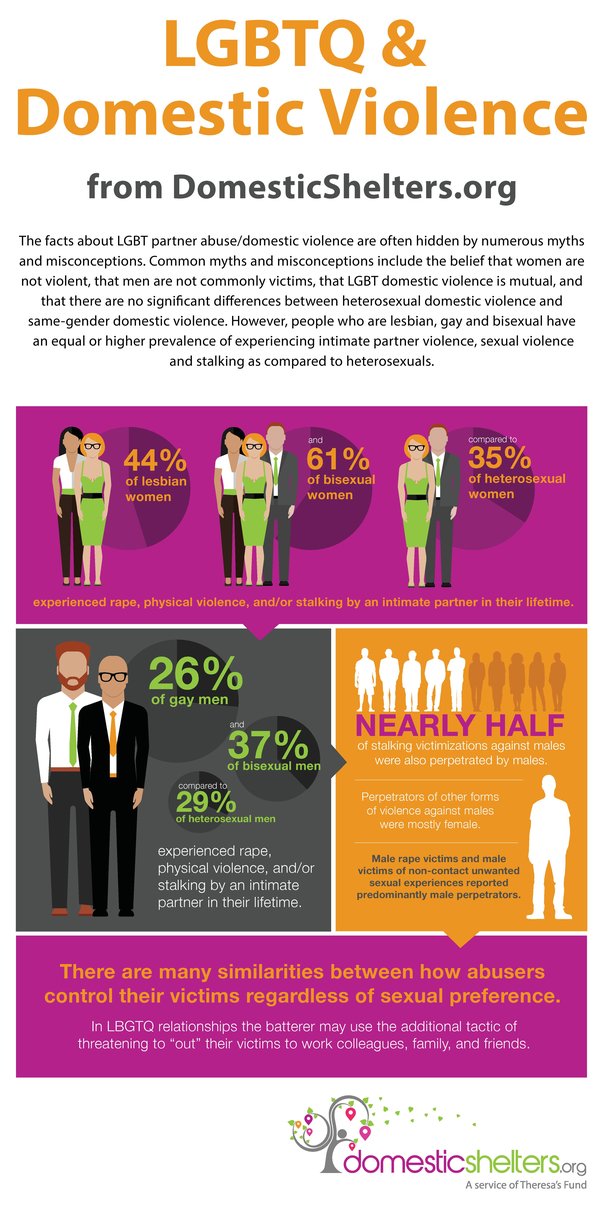1. Select a discrete app icon.

notes
LGBTQ and Domestic Violence
Leading facts and statistics on the LBGTQ population and domestic violence.
- Jan 07, 2015

The facts about LGBTQ partner abuse/domestic violence are often hidden by numerous myths and misconceptions. Common myths and misconceptions include the belief that women are not violent, that men are not commonly victims, that LGBTQ domestic violence is mutual, and that there are no significant differences between heterosexual domestic violence and same-gender domestic violence. However, people who are lesbian, gay and bisexual have an equal or higher prevalence of experiencing intimate partner violence, sexual violence and stalking as compared to heterosexuals.
44% of percent of lesbian women and 61% of bisexual women – compared to 35% of heterosexual women – experienced rape, physical violence, and/or stalking by an intimate partner in their lifetime. Source: National Intimate Partner and Sexual Violence Survey, 2010 Summary Report. National Center for Injury Prevention and Control, Division of Violence Prevention, Atlanta, GA, and Control of the Centers for Disease Control and Prevention.
26% percent of gay men and 37% of bisexual men – compared to 29% of heterosexual men – experienced rape, physical violence, and/or stalking by an intimate partner at some point in their lifetime. Source: National Intimate Partner and Sexual Violence Survey, 2010 Summary Report. National Center for Injury Prevention and Control, Division of Violence Prevention, Atlanta, GA, and Control of the Centers for Disease Control and Prevention.
Male rape victims and male victims of non-contact unwanted sexual experiences reported predominantly male perpetrators. Nearly half of stalking victimizations against males were also perpetrated by males. Perpetrators of other forms of violence against males were mostly female. Source: National Intimate Partner and Sexual Violence Survey, 2010 Summary Report. National Center for Injury Prevention and Control, Division of Violence Prevention, Atlanta, GA, and Control of the Centers for Disease Control and Prevention.
There are many similarities between how abusers control their victims regardless of sexual preference. In LBGTQ relationships the batterer may use the additional tactic of threatening to “out” their victims to work colleagues, family, and friends. Source: LBGT Domestic Violence Fact Sheet, Center for American Progress, 2012.










